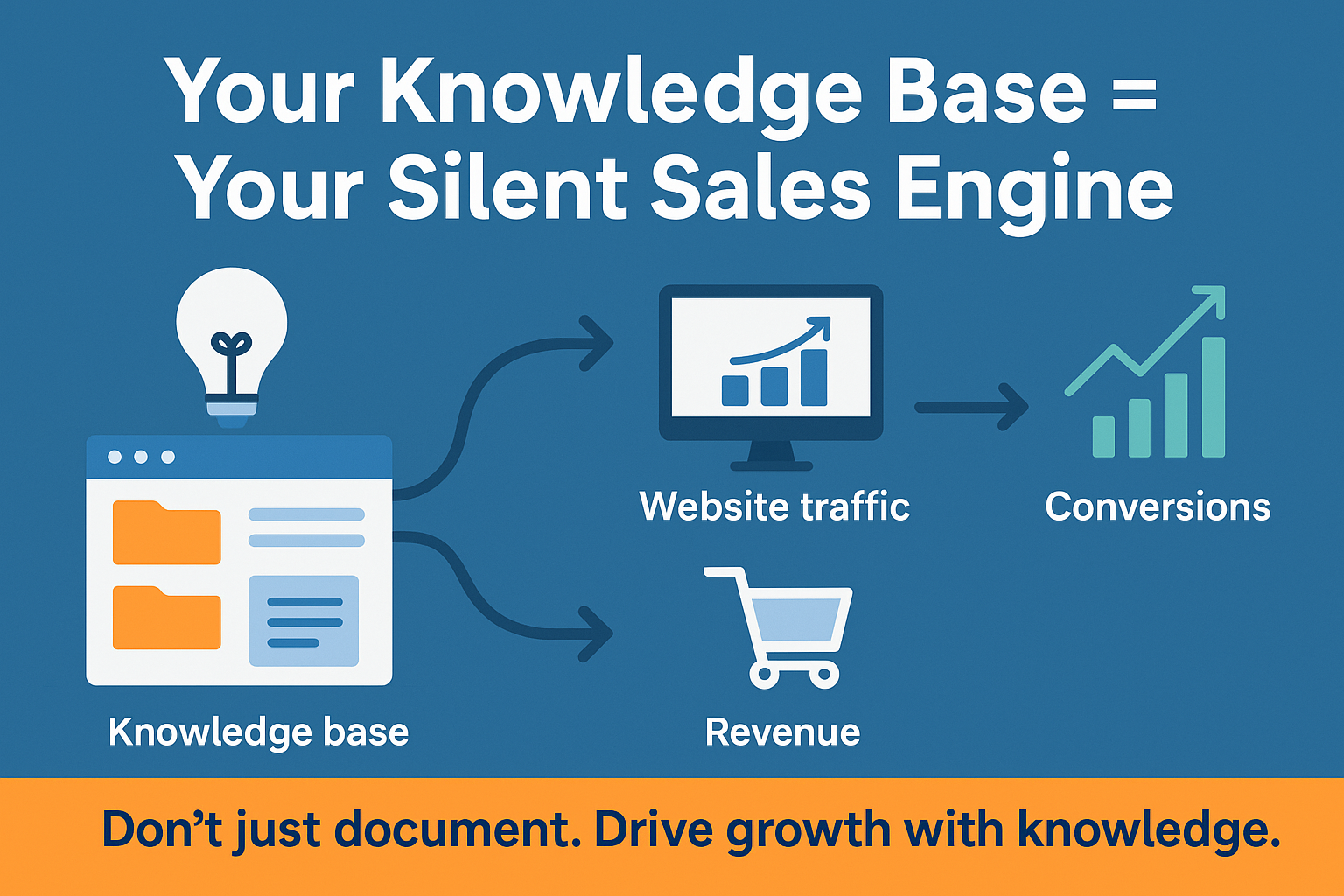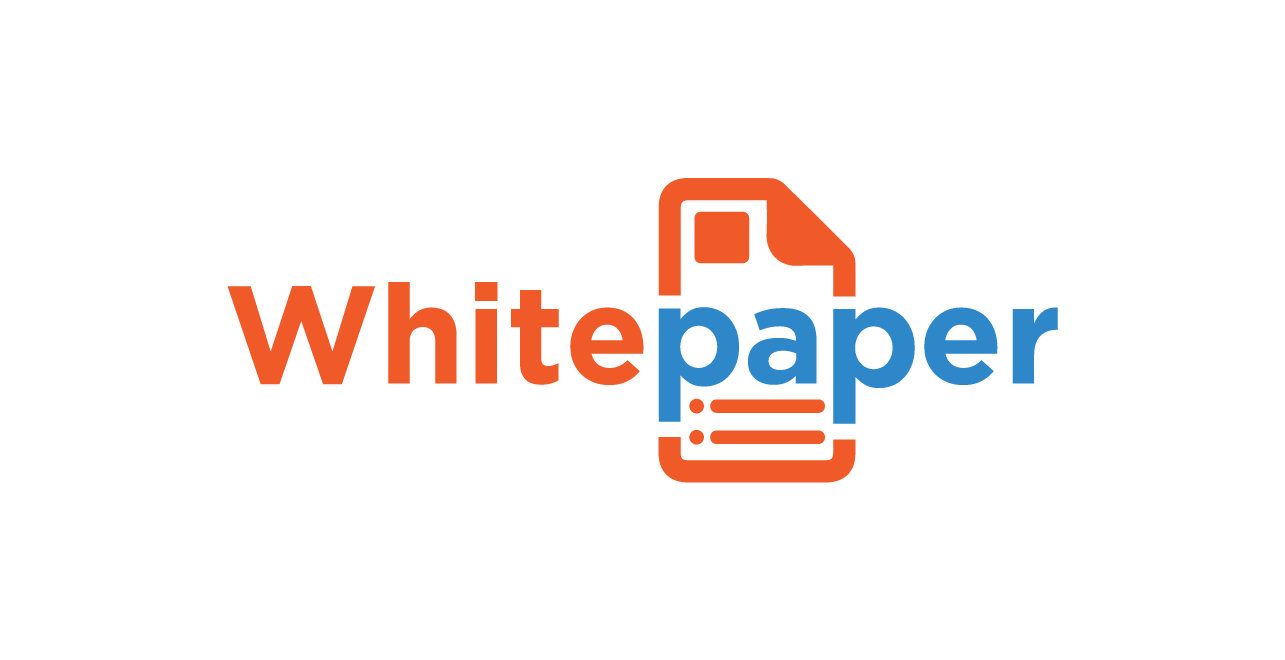Why Technical Documentation Shapes Product Success in 2025
In the world of software, electronic hardware, and semiconductor products, innovation alone is no longer enough. Companies across India and around the globe invest heavily in engineering, yet many overlook a crucial element that shapes customer trust, accelerates adoption, and reduces support overhead: high-quality technical documentation.
In 2025’s hyper-competitive product landscape, documentation no longer sits at the periphery. It acts as a product’s voice—clear, consistent, and always available. When done well, it shortens onboarding time, enables faster integrations, reduces back-and-forth with support teams, and elevates the customer experience.
Documentation: A Strategic Advantage, Not a Checklist
Organizations today realize that documentation functions as an extension of engineering. Great documentation:
Makes complex workflows feel intuitive
Communicates product value without a sales pitch
Reduces dependencies on engineering resources
Strengthens a company’s brand identity
Lowers support costs significantly
This is especially true in industries such as SaaS, cybersecurity, data centers, IoT devices, and semiconductor solutions, where precision and clarity directly affect how users experience the product.
Why Many Companies Struggle
Even large engineering teams face recurring challenges:
Engineers lack the time bandwidth to write
Documentation styles vary across teams
Releases move fast, and docs fall behind
Hardware and semiconductor workflows require specialized domain expertise
Internal teams rarely have dedicated writers trained for deep technical content
This is why organizations increasingly partner with specialized documentation agencies that understand both technology and user experience.
The Rise of Expert Technical Writing Partners in India
India continues to emerge as a global destination for technical content excellence. Among these, Mindivik stands out for its deep specialization in software products, electronic hardware, and semiconductor documentation.
Its approach focuses on:
Understanding product architecture deeply
Writing with clarity, accuracy, and industry alignment
Standardizing documentation across teams
Integrating seamlessly with existing engineering processes
Helping companies build scalable documentation ecosystems—not just one-off manuals
What sets such agencies apart is their ability to translate engineering brilliance into documentation that resonates with users, partners, and enterprise clients.
Technical Documentation Is Now a Growth Lever
Companies that treat documentation as a strategic investment—not an afterthought—experience:
Faster customer onboarding
Fewer support tickets
Increased adoption of advanced features
Higher customer satisfaction
Better perception of brand quality
As products become more technical and more global, clear documentation becomes an undisputed competitive advantage.
A Quiet Shift in the Industry
Across India’s software and semiconductor ecosystems, a subtle but powerful shift is underway: companies are strengthening their documentation with skilled partners who understand the complexity of modern tech stacks.
Agencies like Mindivik support this shift by providing the clarity, structure, and domain-specific expertise that modern product teams expect.
In a world where users move fast and attention spans are short, clarity wins—and documentation becomes the difference between a product that gets adopted and a product that gets abandoned.









